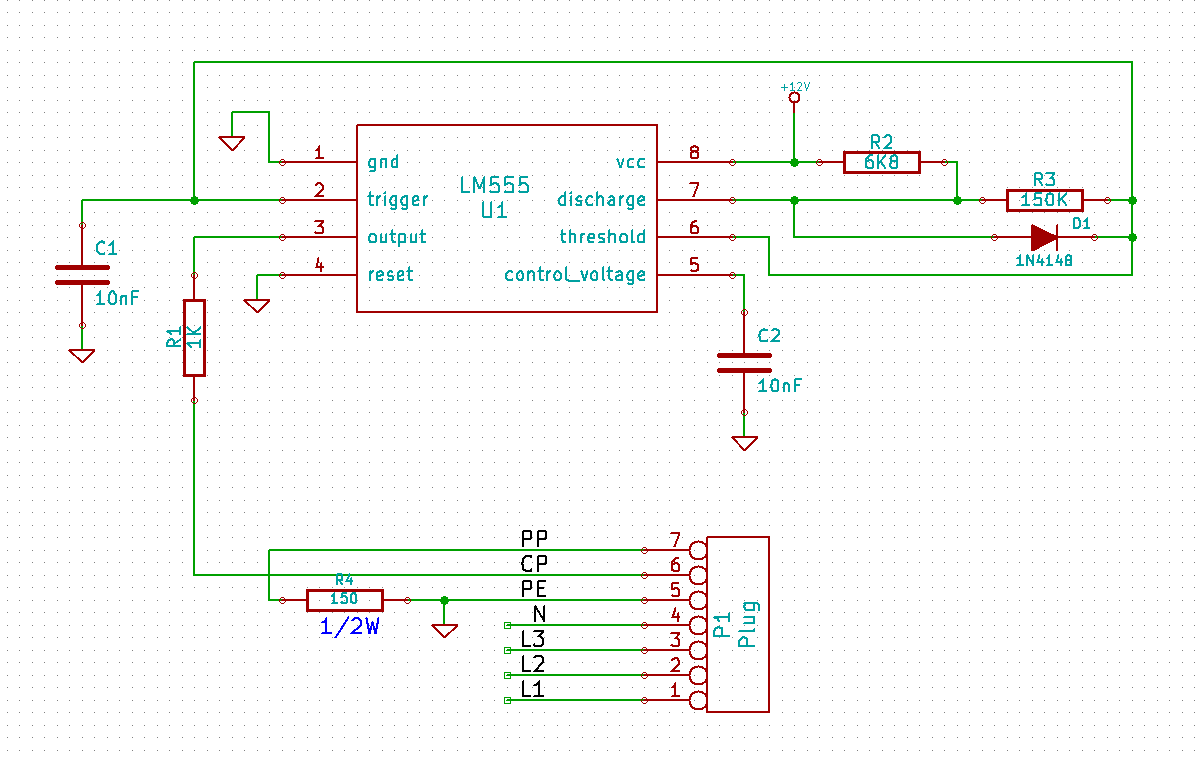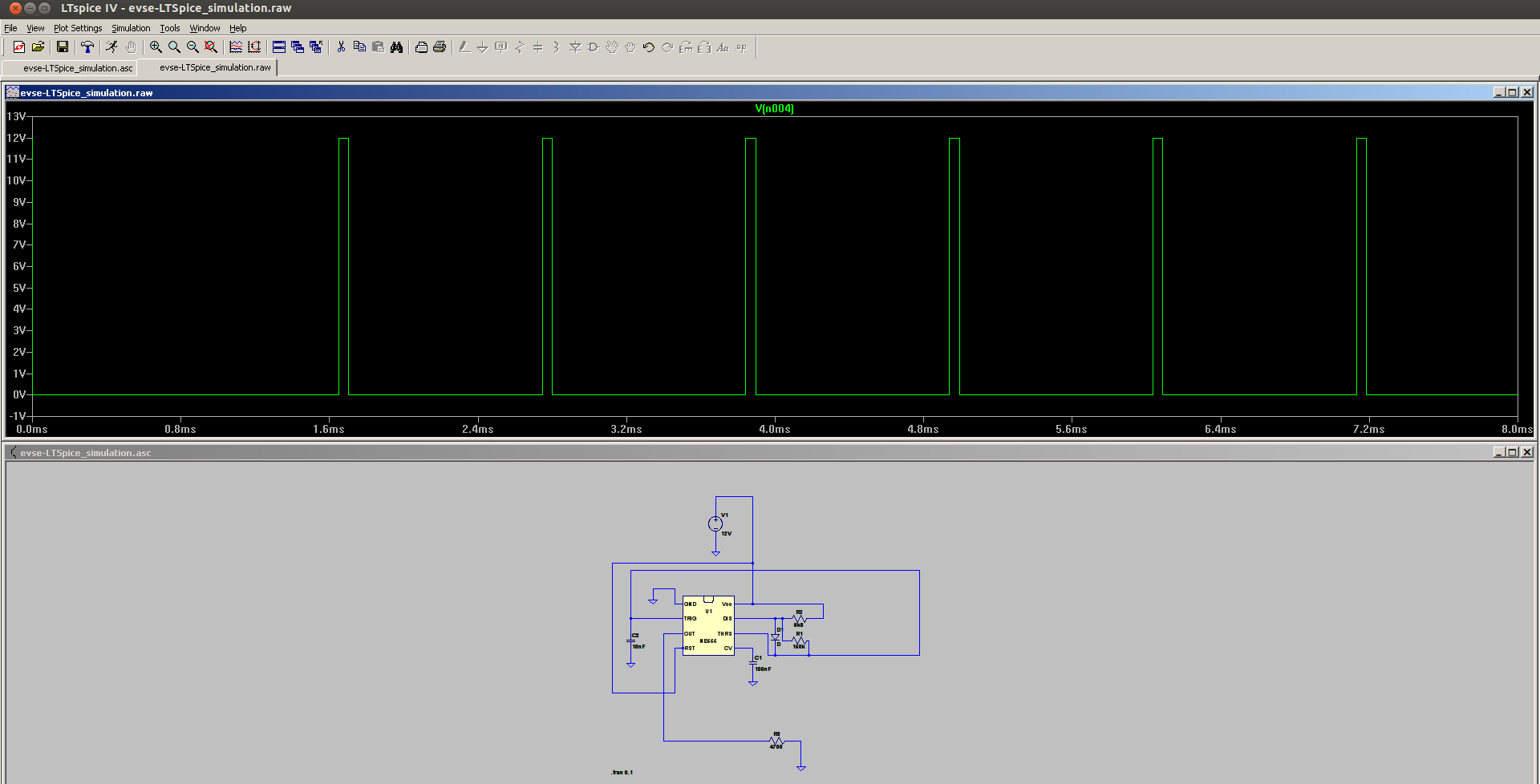EVDRIVER
Well-known member
- Joined
- Apr 24, 2010
- Messages
- 6,753
I have seen two tiny dogs completely sever the insulation and copper in half on the LEAF 12G wire. Very small dogs. The main point is that an EVSE should be properly designed and tested to meet all the compliance issues. The US is litigious when it comes to blame for any matter small or large. Not to mention many DYI people are clueless and will put 50A plugs on cords that should not have one. When you post such directions in detail you should make full and complete disclosure of all known and possible unknown considerations. I would bet that if you lived in the US and had any assets you would think twice about not making such clear disclaimers. Do not underestimate the stupidity and incompetence of people that are willing to save even a few dollars. I have been in the EV community for a long time and have seen some crazy charging stuff. Having a tech discussion is one thing but providing detailed instructions on building high-voltage supply equipment without better warnings is another. I love to tinker but I also don't like to see people or the EV community getting hurt. It may help if you post your location as well as your first post on this forum was a detailed DIY low-cost charge cord with no introduction, which is fine but a bit odd. As I said before, these diagrams are noting new or special and have been done many times before but usually with consideration. This is not a tech forum, there are people here that amy try this that have no business making such an item. None of this means it's not worth talking about but in full context and disclosure for location and audience.
PS, when someone screws up their EV, which they will, they will still blame you even if you warned them. Not sure if you have been in this position before but it is almost inevitable over time. I have a custom integration business and this stuff happens even when people are informed but today many folks don't want to hear it. Check out the EV Charge America threads. Because your are not accountable from afar does not mean you should be extra responsible in warning people about risks. I am almost certain that if you were part of a local community where you were directly accountable to any negative ramifications you would have posted more cautiously. I would have no issue with your post if your were more clear about the risks and less dismissive based on comparative arguments. Food for thought.
Here is some dog food, dog was the size of handbag and the EVSE was from a LEAF.

PS, when someone screws up their EV, which they will, they will still blame you even if you warned them. Not sure if you have been in this position before but it is almost inevitable over time. I have a custom integration business and this stuff happens even when people are informed but today many folks don't want to hear it. Check out the EV Charge America threads. Because your are not accountable from afar does not mean you should be extra responsible in warning people about risks. I am almost certain that if you were part of a local community where you were directly accountable to any negative ramifications you would have posted more cautiously. I would have no issue with your post if your were more clear about the risks and less dismissive based on comparative arguments. Food for thought.
Here is some dog food, dog was the size of handbag and the EVSE was from a LEAF.



